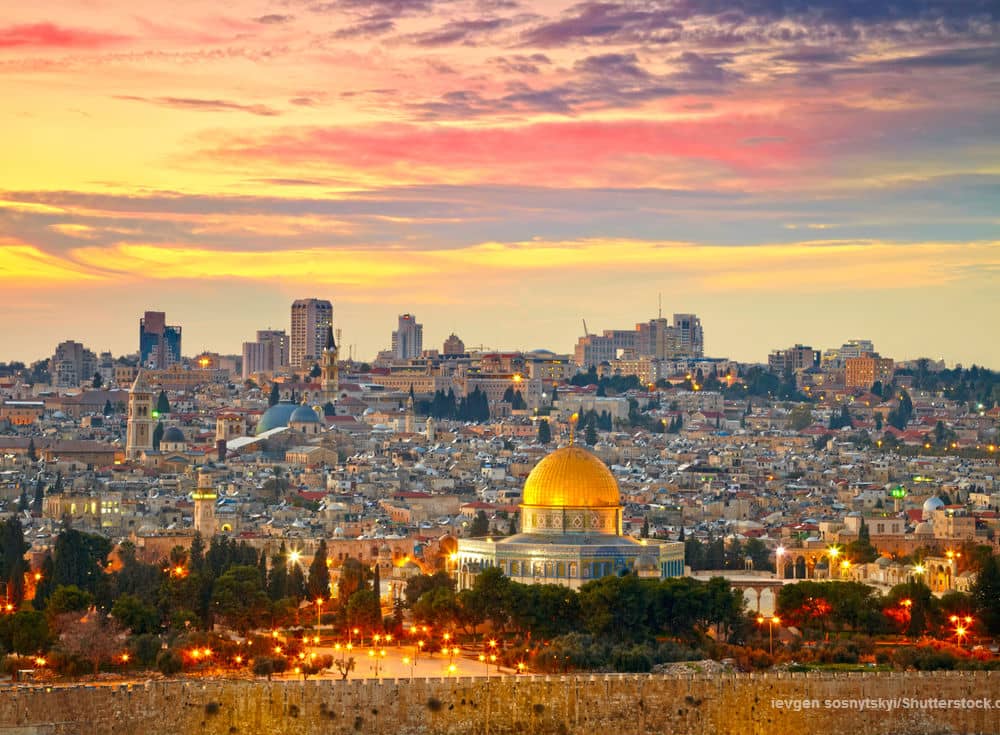The festival of Purim, which will be celebrated from sundown on February 25 through sundown on the 26th, arises from a story that's as accessible to kids as a comic book saga: A beautiful and courageous Jewish queen saves her people from a genocidal villain.
The synagogue services become the stage on which this drama is played. Children wear crowns and flowing, regal robes, or dastardly attire, playing out various roles in this dramatic victory of good over evil.
And it's hard to overestimate the festive power of a good noisemaker. When they enter the service, the children are given greggers, which they use to make a racket whenever the name of the villain, Haman, is mentioned. The noise blankets the sanctuary. At the end of the service, the children are treated to hamantaschen--sweet triangular tarts shaped like Haman's hat. They don't only listen to the story; they see and taste it.
The rituals of Purim have much to teach us about children and religion, most especially about prayer. Through their surprise and delight at simple things, children speak their first prayer of utter joy--Wow! Hallelujah! (Praise God!) Instead of trying to force children into an adult prayer structure, the rituals of Purim teach children that prayer can involve movement, drama, story, and--most liberating of all--noise. About this carnival-like celebration, the Book of Esther says, "there was light and gladness, happiness and abundance." Purim is a day of feasting and merrymaking (and, for adults, a rare day where it's OK to toss back a few drinks). The psalmist writes, "Make a joyful noise to God."
Children naturally are amazed at what adults consider mundane. They imagine a world of things alive with personality. Trees feel, animals talk, the moon thinks. Parents can go outdoors and wonder with their children what prayers the trees might offer in winter, the flowers in spring. What might the moon say to God? They can let their children hear them pray, not just the prescribed words of tradition but the ones written in their hearts. They can ask them if there are words in their hearts that they would like to say.
Recently, when I was teaching prayer to a group of 12-year-olds, I began with a story. A shepherd would pray to God every day. He would say: "God, if you had sheep, I would take care of them for nothing, because that is how much I love you. And if it were raining, I would stand over you with an umbrella so you wouldn't get wet, because that is how much I love you."
When the scholar leaves, the shepherd stops praying. God is saddened and sends angels to find out why the shepherd has stopped his beautiful prayers. The shepherd informs the angels that he was told that his prayers were foolish. Since he couldn't remember the "right" prayers that the scholar had taught him, he stopped praying altogether. The angels say to the shepherd, "Listen to how we pray in heaven." The shepherd hears his own prayers sung by the angels.
I asked the children, who were in the process of learning a very detailed structure of the liturgy, who they were in the story. A majority said that they were the shepherd, that they often said prayers that they were required to recite but that they didn't really understand.
Prayer isn't just about learning fixed formulas. It's also a way for children to give expression to a world that's alive within them. If we want children to learn the liturgy of our traditions, they will first need to learn the prayer of the heart. Purim helps them to do that. It teaches them--and us--to dance, sing, and make a joyful noise.

